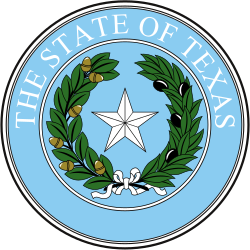Republican primary
The Republican primary election was also held on July 26, 1930. It was only the second Republican primary in state history, coming off of W. H. Holmes' run for governor in 1928 which garnered over 120,000 votes. George Butte, the Republican nominee in 1924 won the parties primary in absentia but doubts remained as to whether Butte, who was a special assistant to the attorney general in Washington, D.C. at the time, would accept the nomination.
After being nominated by the state convention in San Angelo, Butte wrote a letter to the executive committee resigning as nominee; explaining that he had tried to prior to the convention but his resignation had not been accepted. After his resignation the committee nominated William E. Talbot on September 24, but he was not certified as the nominee until September 27 because of Butte's delayed resignation. Talbot, a colonel in World War One and sales manager at Southland Life Insurance, advocated for an old age pension, state development of river navigation, protection of independent oil producers, and prioritization of small trucks over large ones to protect the state's new highways. [4] [5] [6]
Results
| Candidate | Votes | % |
|---|
| George Butte [a] | 5,001 | 51.15 |
| H.E. Exum | 2,773 | 28.36 |
| John F. Grant | 1,800 | 18.41 |
| John P. Gaines | 203 | 2.08 |
| Total | 9,777 | 100.00 |
|
| Source: [7] |
This page is based on this
Wikipedia article Text is available under the
CC BY-SA 4.0 license; additional terms may apply.
Images, videos and audio are available under their respective licenses.



